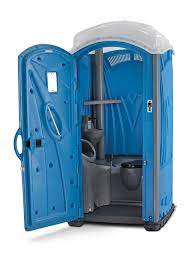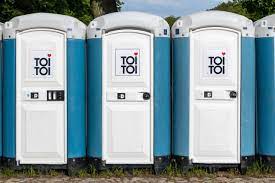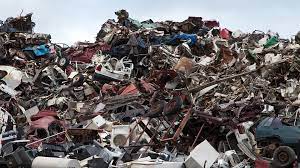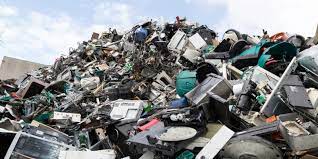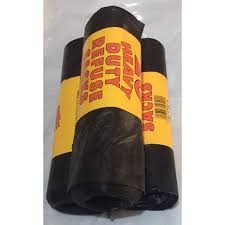
A trash bag, also known as a bin bag, rubbish bag, garbage bag, bin liner, trash bag, or refuse sack, is a disposable bag that is used to hold solid waste. These bags are used for lining the insides of garbage receptacles to prevent waste material from coating the insides of the receptacle.
The majority of trash bags on the market is made of plastic and is generally black, white, or green in color. Plastic bags are an easy and sanitary way to dispose of trash, and they are frequently utilized. Plastic garbage bags are lightweight and ideal for garbage that is sloppy or wet, such as food scraps.
They can also be used to wrap garbage to reduce odor. Plastic bags are frequently used to line trash, garbage, and recycling receptacles and bins. This helps to keep the container clean by preventing it from coming into touch with the waste. After filling the bag with litter in the container, pull it out by its edges, shut it, and knot it with little contact with the trash.
The trash bags market is projected to grow from USD 9.5 billion in 2019 to USD 12.1 billion by 2024 at a compound annual growth rate (CAGR) of four point nine percent (4.9%) during the forecast period (2019-2024).
Consumption of trash bags is rising globally and can be attributed to the rising population in emerging economies, resulting in an increase in the generation of waste. Increase in disposable incomes and rising awareness about hygiene are expected to lead to the high consumption of trash bags.
Trash bags market is segmented into five (5) notable segments which are based on the basis of type, material, capacity, distribution channel and end-user.
On the basis of type, the market is segmented into drawstring trash bags, star sealed trash bags, flat star sealed trash bags, flat trash bags, t-shirt trash bags, zipper bags and others.
Drawstring trash bags is dominating the market globally as drawstring trash bags are available at low price as compare to the other type of trash bags.
Star sealed segment is considered environmentally friendly as it is composed of recycled plastics and can reduce plastic waste by twenty-five percent (25%). Their unique design structure helps to prevent leaks, messes, and spills and are compatible with all sizes of trash cans.
The design structure of these bags allows both dry and wet waste to be held in them. In addition, star-sealed trash bags have a high capacity to carry waste, maintain equal weight distribution, and are user-friendly.
The star sealed segment is predicted to account for the largest industry share in the global industry and is expected to grow rapidly during the forecast period.
On the basis of material, the market is segmented into high density polyethylene, low density polyethylene, linear low density polyethylene, bio-degradable polyethylene and others.
Low density polyethylene is dominating globally as low density polyethylene raw material is easily available as compared to other materials. Also, the material has the decomposable properties due to which demand is more in all regions.
On the basis of capacity, the market is segmented into ten to twenty-five (10-25) kilogramme, twenty-five to fifty (25-50) kilogramme, fifty to seventy-five (50-75) kilogramme, seventy-five to one hundred (75-100) kilogramme, one hundred to one hundred and fifty (100-150) kilogramme and more than one hundred and fifty (150) kilogramme.
Ten to twenty-five (10-25) kilogramme, is dominating the market globally as en to twenty-five (10-25) kilogramme are easy to tie and can hold the waste on the daily basis due to which demand is more than other sizes.
On the basis of distribution channel, the market is segmented into supermarkets/hypermarkets, convenience stores, specialty stores, e-commerce and others.
Supermarkets/hypermarkets are dominating the market globally as supermarkets/hypermarkets are very convenient and large in number.
On the basis of end-user, the market is segmented into laboratories, institutions, residential, industries, hospitals, corporate offices and others. Industry segment also include hotels, motels, restaurants and bars.
Industry is dominating the market globally as trash bags are more used in the hotels for the waste produce on the daily basis.
Waste generation rate in Nigeria is estimated at zero point sixty-five to zero point ninety-five (0.65-0.95) kilogramme per capita per day which gives an average of forty-two million (42,000,000) tons of wastes generated annually out of which only twenty to thirty percent (20-30%) is collected. This is more than half of the sixty-two million (62,000,000) tons of waste generated in sub-Sahara Africa annually and hence the need for trash bags for proper management.
Waste bag can be produced from High-density polyethylene (HDPE) material. High-density polyethylene (HDPE) or polyethylene high-density (PEHD) is a polyethylene thermoplastic made from petroleum.
Known for its large strength to density ratio, High-density polyethylene (HDPE) is commonly used in the production of plastic bottles, corrosion-resistant piping, geomembranes, and plastic lumber.
















